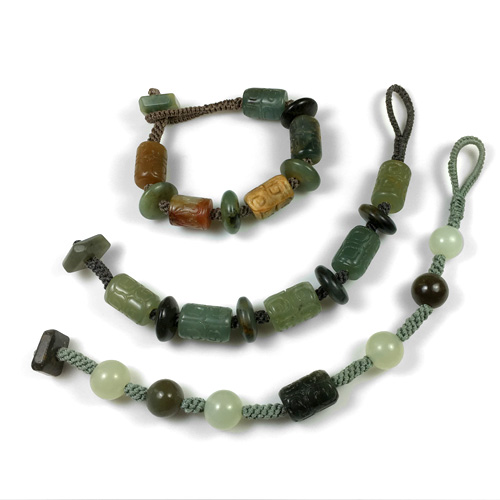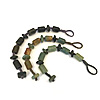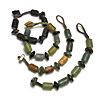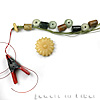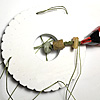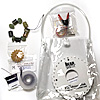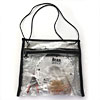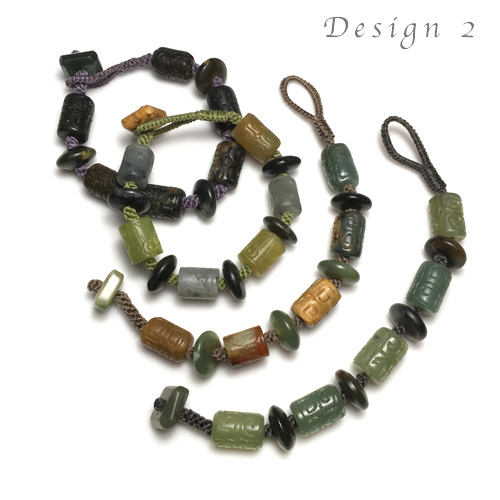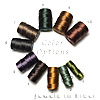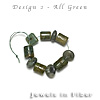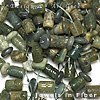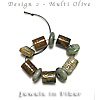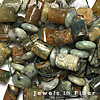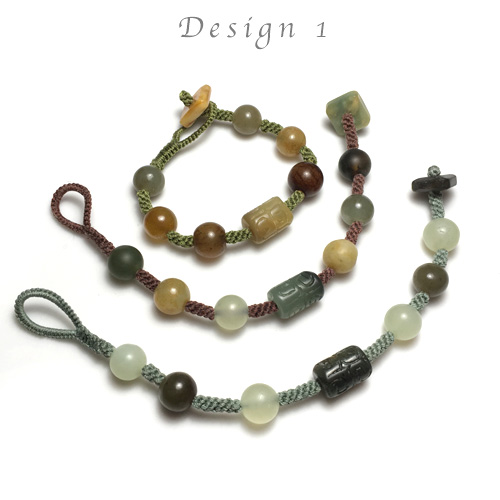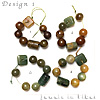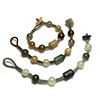The kits listed below include all the beads, pre-cut cords, a mini kumihimo disk, and the copyrighted tutorial/instructions available in a downloadable PDF format. The manual is 22 pages long and contains over 40 pictures and images making this project easy. The pictures and images are large and easy to follow. The manual includes instructions on how to tie crown knots and crown knot sennit, how to count the crown knots, how to add beads, how to create integrated fiber endings and button loops. Two different methods of tying the crown knot on the kumihimo disk are shown with lots of pictures. Both are easy in comparison to tying crown knots free hand. The first method is a bit faster. The second method is more ergonomic. The manual also includes a table showing sennit diameters, advice as to cord length, measuring, cutting and assembling the stands even though you will not need to do so for the kit as it is already done, plus a what if section.
Half hitches, square knots, and larks head knots are used to finish the ends. Color diagrams of the square knot and larks head knot are included in the manual, but prior knowledge of basic knotting is helpful for this kit.
The cords are pre-cut and a beeswax self needle is already made to make this project easier to start. A clear project bag is included with the kit. The bag includes: the beads, the pre-cut cords, a mini K-disk (it is good to have a mini disk dedicated to Crown Knotting), a mini-clamp, T-pins, tapestry and chenille needles, a bead reamer fine tip, and beeswax. The PDF manual is also available by itself.
The beads are serpentine, a gemstone to imitate jade also known as New Jade in the trade. These beads are no longer cut or commercially available so the bracelet kits are limited to what I have on hand. Most of the beads are natural - the natural color of the stone.
In addition to the materials included in the kit, you will need a macrame board, scissors, a measuring tape or a ruler, plus an adhesive such as Poly Zap Super Glue (or any super glue, Jewelry Gel, or GS Hypo Cement.)




